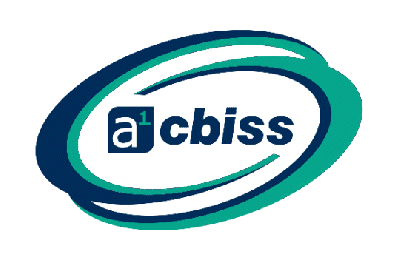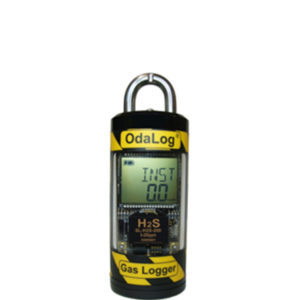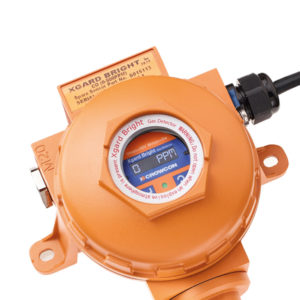Wastewater
Water and wastewater treatment plants are designed to treat all municipal waste. Water treatment encompasses many processes from the collection, treatment, disposal of sewage and distribution of clean water for it to be reused in our home and business.
The Process
The process of water purification results is the by-product of harmful combustible and toxic gases which can create hazardous environments that must be continuously monitored to protect workers visiting the plant, neighbours of the plant and the environment.
a1-cbiss supply and service gas monitoring equipment to most of the UK’s water companies – United Utilities, Anglian Water, Thames Water, Welsh Water, Severn Trent, Southern Water and Yorkshire Water.
Pumping Stations
Wastewater from local communities arrives at the wastewater plant through underground pipework. Pumping stations are often enclosed areas and are classified as confined spaces. This can lead to a build-up of toxic Hydrogen Sulphide emanating from the stagnant wastewater. Highly sensitive survey monitors are used to carry out assessments on site for the purpose of data logging.
Primary Treatment
Some primary treatment facilities use Hydrogen Peroxide as a pre-treatment additive, so oxygen levels should be monitored closely. Also, if primary treatment is done in an indoor facility, Methane, Hydrogen Sulphide, and Oxygen levels must all be monitored closely to ensure safety for anyone entering the process facility.
Odour Control
Air scrubbers and carbon absorbers remove odours and volatile organic compounds (VOC’s) from treatment process off-gases.
Odour control is used in all wastewater processes and performance is constantly monitored and governed by local regulations.
Hydrogen Sulphide is typically the primary odour concern; however, Ammonia also requires monitoring.
Our Solution: Odour Loggers
Specifically designed to operate in the humid and toxic environment, Odalogs will continuously monitor levels of gas for reporting purposes.
Boundary Monitoring
Bad odours are often the complaint of neighbours to the wastewater plant. Sites should install gas sensors around the boundary to indicate how much gas is passing the fence line.
Mapping software provides a picture of the whole site and highlights problem areas. These gas detectors provide low-level ppb measurement whilst operating using solar power.
Our Solution: Boundary Monitors
Case Study - CO2 In Breweries
Learn about the hidden dangers of carbon dioxide (CO2) in breweries and the essential measures to ensure safety. Uncontrolled levels of CO2 can lead to severe health hazards, even suffocation, making proper monitoring absolutely crucial. Discover how the accumulation of CO2 during fermentation and storage processes can create hazardous pockets. Implementing a comprehensive gas detection system, including fixed CO2 sensors and personal detectors, is crucial to protect brewery personnel.
Case Study - a1-cbiss Engineer a Brewery Carbon Dioxide Monitoring System
Discover how a1-cbiss helped two major breweries in the UK ensure health and safety compliance with a tailored Carbon Dioxide monitoring system. With elevated CO₂ levels during fermentation, a1-cbiss designed a solution using advanced gas detection technology. The system provides visual warnings, integrates with ventilation systems, and offers real-time data acquisition and reporting.
Case Study – H2S Logger Successful in Sewage Treatment Trials
a1-cbiss helped a sewage treatment plant in Essex continually monitor their H2S levels remotely.
Talk with the Experts
Contact us - Our team of application specialists can assist you with system design, installation, maintenance, and repair. As a systems integrator, we provide end-to-end support to ensure your facility has a reliable and effective gas detection system in place.
Sign up for more information - For more information on protecting your staff from the dangers of gas leaks, sign up for our emails.



